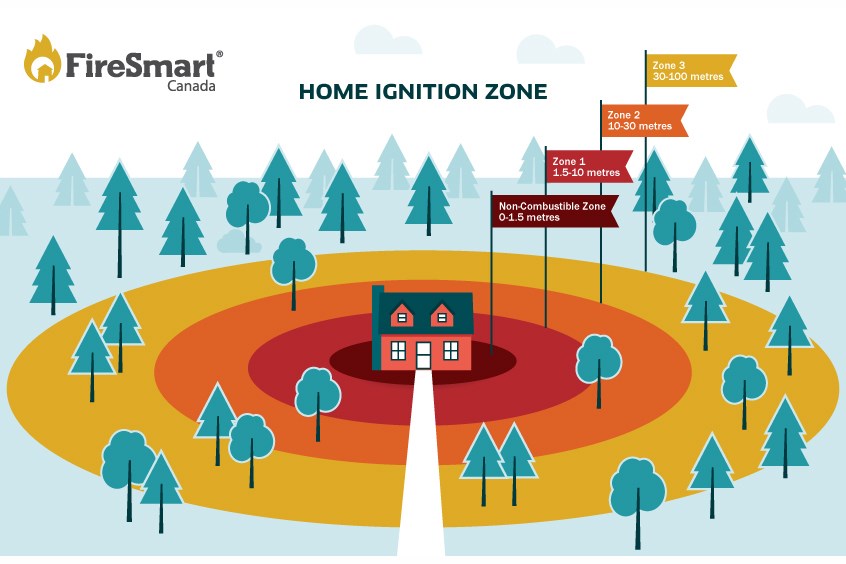LAKELAND - While there may still be a lot of snow on the ground - more than recent years - spring is just around the corner, and rural fire safety continues to be an important topic.
St. Paul's Deputy Fire Chief Henry Thomson is reminding farmers and other rural landowners of steps they can take, to ensure everyone stays safe as the 2022 growing season nears.
One tip Thomson offers for the spring is checking on any controlled burns that were done over the winter months.
"The cold weather and the snow can often make it appear that the fire is completely extinguished, but if it is not it can become a holdover fire," explains Thomson. "It may just be smouldering there right now, but as soon as we get some warm weather to melt the snow and dry out the grass coupled with a spring breeze these smouldering fires can turn into roaring grassland or wildland fires."
Farmers - and all rural residents - are also reminded to check in with municipalities to be clear on what the requirements are before doing a controlled burn.
For example, all open burning in the County of St. Paul requires landowners to get a permit, at all times of the year. There is no cost to getting a permit, and they are available through the County's administration office during regular office hours.
In the County of St. Paul, permits are valid for 10 days from the date they are issued.
"Depending on conditions this spring, permits may be suspended or cancelled if a fire restriction or ban is put in to place," says Thomson. Updated information about fire bans in Alberta can be accessed online at https://www.albertafirebans.ca/
Thomson is also spearheading a program in conjunction with the Ashmont, Mallaig and Elk Point fire department, where specially trained firefighters will be available to do a free FireSmart assessment of rural properties this season, providing feedback and recommendations to improve safety.
"These recommendations will give guidance on how to reduce the risk of wildfire to your home and property and help firefighters be better able to defend your home in the event of a wildfire," explains Thomson. He adds, "The FireSmart program reminds me of the old adage that 'an ounce of prevention is worth a pound of cure'."
FireSmart Canada goes back to 1990 when a committee was created to address common concerns about "wildfire in the wildland urban interface, where wildlands and human development come together," according to FireSmart Canada.
Special training for firefighters
This spring, firefighters in the region will be given a unique opportunity to take part in a farm extrication and machinery entrapment rescue symposium, scheduled for May 27 to 29 in St. Paul.
The St. Paul Fire Department is partnering with Agland and the Alberta Vehicle Extrication Association to put on the symposium.
"This learning symposium will provide an occasion for firefighters from all over Alberta to participate in and witness Farm Machinery extrications and engulfment scenarios," explains Thomson. Participants of this symposium will have the chance to be involved in workshops that demonstrate various emergency situations unique to farms, such as combines, tractor rollovers, and grain bin engulfment.
The training shows firefighters how they can respond to emergencies on the farm using standard equipment found on a typical rescue truck.
"Many responders, as a result of the Farm Extrication and Machinery Entrapment Rescue course, will benefit from the new techniques learned and tools used to improve their rescue skills and pre-hospital care management," says Thomson.
Tips from AlbertaFireSmart
A few tips to keep your property safe include:
- Keeping vents and openings clean and clear of debris
- Removing combustible materials on and under decks
- Maintaining a 1.5 metre non-combustible surface around an entire home
- Mowing and maintaining lawn to 10cm or less
- Pruning evergreen branches to a height of 2 metres from the ground
- Trimming tree branches so they don't extend over the roof of a building
- Removing firewood and combustible materials within 10 metres of a home


